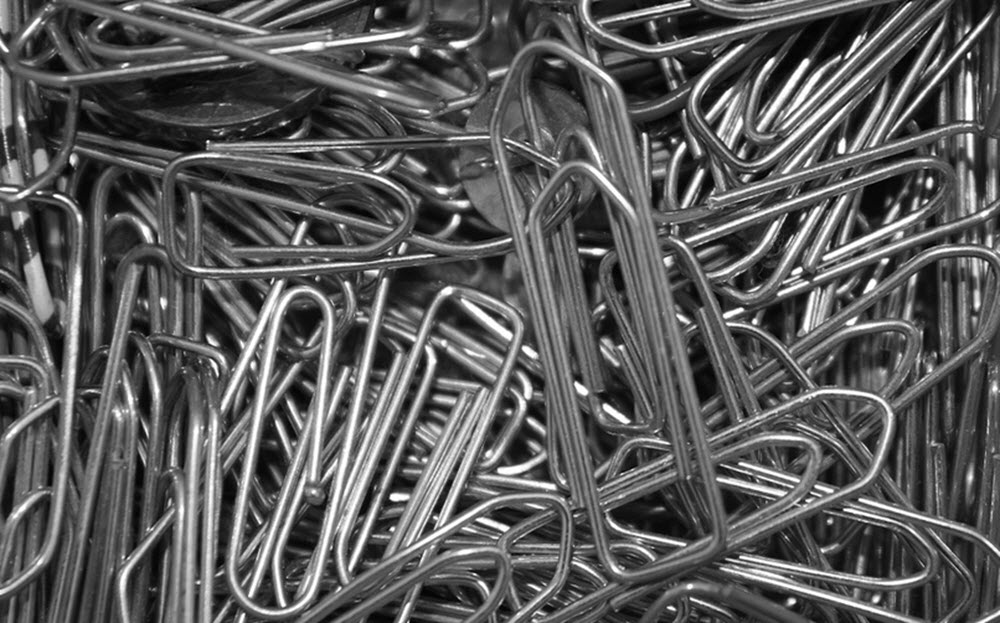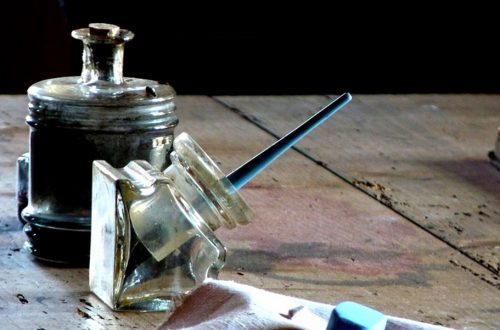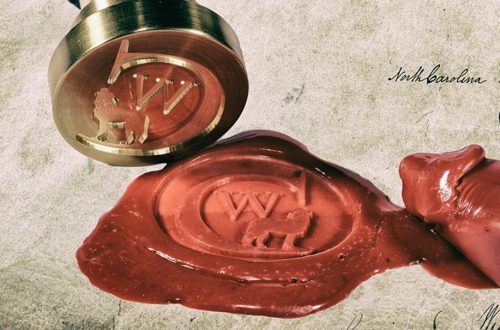Contents
A paper clip is great to have when you need to keep sheets of paper together temporarily, and do not want to cause any damage to the papers.
The most famous paper clip design is the Gem type, which was launched in the 1800s. This design is characterized by almost two full loops of wire.
Samuel B. Fay
On 23 April, 1867, a patent for a bent wire clip was awarded to Samuel B. Fay in the United States. The clip was chiefly intended to attach tickets to fabric, but the patent recognizes that the clip can be used to keep sheets of papers together too. The patent number is 64,088.
Erlman J. Wright
On 24 July, 1877, Erlman J. Wright received a patent in the United States for his paper clip design. Patent number is 193,389. At the time, the Wright clip was advertised for fastening together sheets of paper, documents, periodicals, and more.
The Gem Manufacturing Company
The famous Gem paper clip was never patented, and in some languages ”gem” has become the general word used for papers clips regardless of producer.
The original Gem paper clips were produced by The Gem Manufacturing Company in Britain, probably as early as the 1870s. In an 1883 article, the Gem Paper-Fasteners are praised for being superior to ordinary pins and for ”binding together papers on the same subject, a bundle of letters, or pages of a manuscript”.
The Gem paper clip as we know it today is a wire paper clip with almost two full loops, but we can not be sure if this is how the first Gem paper clips looked, because very little is known about them. The earliest surviving illustration is an Gem Paper Clip advert from 1893.
The Gem paper clip wasn´t patented, but in 1899 or 1904 (sources vary) Cushman & Denison registered the trademark Gem (GEM) in the United States in connection with paper clips. According to their announcement, the term had been used since 1 March, 1892. In 1899, Cushman & Denison has purchased the patent for a wire paper clip making machine patented by William D. Middlebrook in Connecticut, US. Early drawings show that the Cushman & Denison product was a gem-type paper clip with almost two full loops of wire.
The Norwegian legend
In Norway, paper clips of the Gem type are hailed as Norwegian invention, due to a mix-up with another type of paper clip.
The Norwegian Johan Vaaler (1866-1910) was granted patents in Germany and the USA for a paper clip of a similar design. It was without the last turn of the wire, and therefore less practical than the Gem paper clip. Probably, Vaaler was not aware that a better paper clip already existed outside Norway. Understandably, the inferior clip never caught the interest of any commercial manufacturer, and Vaaler´s patent eventually expired.
Many years after Vaaler´s death in 1910, a myth arose in Norway claiming that the paper clip had been invented by an unknown Norwegian inventor. By the 1950s, Norwegian encyclopedias were stating that Vaaler was the inventor of the paper clip, and from these books the idea eventually found its way into foreign texts about paper clips too.
Interestingly, Norwegians wore paper clips on their lapels during WWII as a sign of resistance to Nazi occupation, when other symbols – such as flag pins and the cipher of King Haakon VII – had already been banned by the Nazis. Soon, the wearing of paper clips was banned too. It is interesting that the paper clip emerged as a symbol of Norwegian resistance, because at the time the myth of its Norwegian origin was not widely known in Norway.






